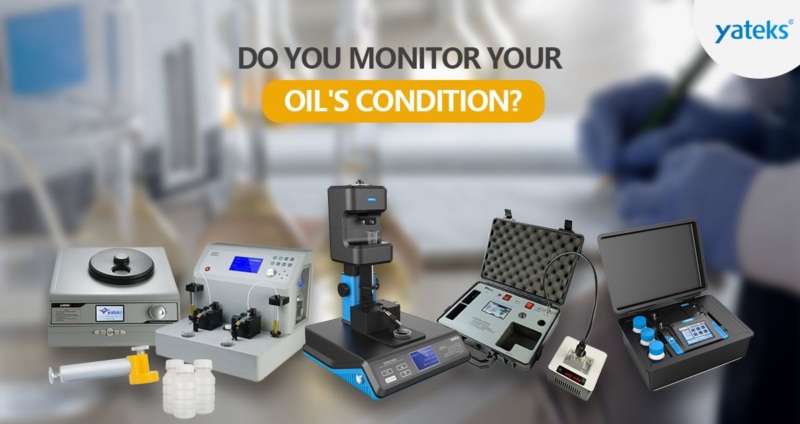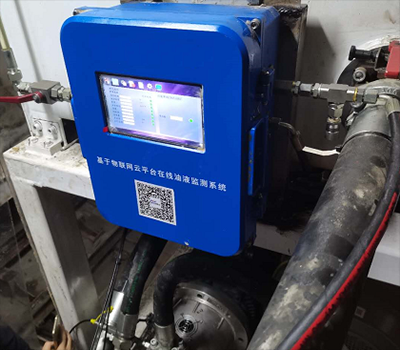1. What is oil monitoring technology?
Equipment lubrication and wear condition monitoring is an important basic work for equipment to carry out lubrication management and equipment condition maintenance. It is an important means to improve the reliability of equipment and ensure the safe operation of equipment.
Oil monitoring technology is to keep abreast of the lubrication and wear status of the equipment through regular tracking and monitoring of the physical and chemical performance indicators of the lubricating oil in use in the equipment, wear metals and contaminating impurity particles, and diagnose the type, location and cause of equipment wear failures. Provide scientific basis for equipment maintenance, guide enterprises to carry out equipment maintenance and lubrication management, so as to prevent the occurrence of major equipment accidents and reduce equipment maintenance costs.
2. Oil monitoring is classified according to the purpose, requirements and conditions of diagnosis:
(1) Regular monitoring and continuous monitoring;
(2) Direct monitoring and indirect monitoring;
(3) Online monitoring and offline monitoring;
(4) Simple monitoring and precise monitoring;
3. Definition of Different Diagnostic Tests
(1) Regular monitoring
Check and diagnose the operating status of the equipment at regular intervals. such as one or several months.
(2) Continuous monitoring rule
Instruments, computers and signal processing systems are used to continuously monitor, analyze and diagnose equipment status.
(3) Direct monitoring
The status of key components, such as bearing clearance, tooth surface wear, cracks in blades, and the wall thickness of pipes in corrosive environments, is directly determined based on information on key components. Direct monitoring is sometimes limited by equipment structure and working conditions and cannot be realized, and indirect monitoring has to be used at this time.
(4) Indirect monitoring
Through the secondary monitoring information, the state changes of the key components in the equipment can be indirectly judged. Most of the secondary diagnosis information is comprehensive information, so it is prone to misdiagnosis, or the possibility of false alarms and missed detections.
(5) Online monitoring
Generally, it refers to automatic real-time monitoring of equipment running on site. Generally speaking, such monitoring objects are important key equipment.
(6) Offline monitoring
The on-site status signal is recorded by the recorder and brought back to the laboratory, combined with the historical data of the machine status, for offline analysis and diagnosis.
(7) Simple monitoring
It is equivalent to the primary health inspection of people, using portable inspection instruments, generally carried out by on-site management personnel, and can quickly and effectively make a general evaluation of the state of mechanical equipment.
(8) Precision monitoring
Special precision diagnosis is carried out for mechanical equipment that is difficult to diagnose by simple monitoring, and the precision diagnosis is carried out by experts.
3.What benefits can oil monitoring bring to enterprises?
(1)Improve the reliability of equipment and avoid major accidents
Continuous monitoring of equipment oil by using a variety of professional testing methods. It can find hidden dangers of equipment accidents, predict the occurrence of major equipment accidents, and improve the reliability of equipment.
(2)Save maintenance costs, and maintain according to the situation
(3)Extend the service life of equipment and create greater production value
Equipment is the foundation of the survival and development of an enterprise. Through professional oil monitoring work, the management level of enterprise equipment can be improved and the service life of equipment can be effectively extended.


